Cover image from one of Eastbrook Church’s river cleanups. Used with permission.
by Noah Guthrie
Our Churches of Restoration program helps participating churches integrate care for God’s creation into their congregational lives. During our pilot year, we are working with over 20 churches from a diverse range of denominations, regions, and cultural backgrounds. Each church brings their own unique story and circumstances, and each pursues carefully chosen actions, large or small, to take a step forward to care for God’s creatures and landscapes.
This is the story of one participating congregation in Wisconsin, Eastbrook Church. Many thanks to John Osborne for telling me the story of his river cleanup work, to Katherine Riebe and the rest of Eastbrook’s creation care team for answering lots of questions, and to Eastbrook as a whole for declaring the Gospel to all creation.
Click here to learn how your congregation can join our Churches of Restoration program!
You trudge along the mud-glutted bank of the Milwaukee River. Despite your coat, the April chill stiffens your limbs, and as you squelch along with your litter grabber in hand, the water’s current shudders like a viper, its blue-white skin knotting, rolling, and raveling out.
Just then, you notice a slab in the water. At first, it reminds you of a giant black domino, its surface glossy and flat, but when you lean over, you recognize the sunken rectangular face of a flat-screen TV. You glance at the scrawny arm of your litter grabber, sigh, then toss it aside, lowering yourself into the river to pry the television free.
A canoe of debris from one of Eastbrook’s river cleanups. Used with permission.
TVs are only one of the many strange finds Eastbrook Church has made in Lincoln Creek. Their river cleanup team has also discovered tires, grocery carts, and bowling balls swelling like tumors from the riverbed. With so much to clear away, they are grateful that they are just one part of a broader network of volunteers, thousands of citizens supporting the Milwaukee Riverkeeper’s annual spring cleanup.
Eastbrook’s involvement with this event began with one of their elders, a hydrogeologist and earnest creation caretaker named John Osborne. During a video interview, John told me, “I love to get up in the mountains, go into pristine rivers, and fish for trout.” Having experienced these more idyllic streams, he used to be less eager to work with the polluted waterways of the city of Milwaukee. It would certainly be riskier to eat the fish from them.
Yet, John happened to be friends with the director of Milwaukee Riverkeeper, a group that advocates for the health of the Menomonee, Kinnickinnic, and Milwaukee River watersheds. Seeing their passion for preserving urban waterways, John became inspired to follow their example, and he found the perfect opportunity to do so right by his church: Lincoln Creek, a tributary of the Milwaukee River in dire need of a deep clean.
River litter. By Jan Van Bizar, on Pexels.
John spoke with some of the leaders at Eastbrook Church, and on Earth Day, they organized their own volunteer site for Milwaukee Riverkeeper’s annual river cleanup. Riverkeeper gave Eastbrook’s volunteers supplies like gloves, garbage bags, and litter grabbers, and John captained the day’s cleaning efforts. For many years, John has continued to lead these outings, though for Eastbrook’s 13th river cleanup this past April, he passed on the reins to one of the church’s student ministry pastors, Nic Fridenmaker.
Through our written correspondence, John explained to me, “I think it’s important for churches to wade in the muck and mire of this world, and to take responsibility for it. To show that they care, to be leaders in environmental protection.” His point is two-fold: it’s important to encourage churches to embrace their calling to care for creation, and it’s also important to represent that calling effectively to those outside the church. In light of this, it’s significant that Eastbrook’s cleanups are open to the whole community.
“Everybody who comes to these cleanups,” John observed, “whether they’re Christian or not, they’re some of the most humble people I know.” Certainly, if you’re willing to spend hours scooping up bottles, bags, wrappers, cans, tires, and the occasional shopping cart from a river – in wet, muddy, or even snowy conditions – you’ve proven your willingness to set aside your dignity for a good cause.
Pastor Nic Fridenmaker cleaning out litter. Used with permission.
Many at Eastbrook Church embrace this humble work as a way of restoring creation’s God-given dignity. To express that dignity, John has often shared Bible passages at the start of his cleanups, including this reflection from the afflicted Job: “But ask the animals, and they will teach you, the birds of the air, and they will tell you… Who among all these does not know that the hand of the LORD has done this? In his hand is the life of every living thing and the breath of every human being” (Job 12:7-10).
To John, these words not only apply to creation as a whole, but to its smallest members: “the things that grow in the muds of sediment.” He believes that God “expects His creation to speak something about who He is, the complexity of this creation, how it all works together.” The river and its creatures, then, are honored messengers who declare the divine nature, and Eastbrook’s cleanups are a way to acknowledge and restore their dignity.
“In his hand is the life of every living thing…” (Job 12:10) Photo by James Alton.
Given the scope of creation’s decay, restoring its dignity can be a daunting task – a labor always best pursued in community. This may be part of what drew three of Eastbrook’s members, including their senior pastor, to the 2023 “Creation at the Crossroads” conference. While there, they met A Rocha USA’s Director of Conservation, Brittany Michalski, who asked them if they would like to join the Virtual Cohort of our 2024/25 Churches of Restoration program.
By joining this cohort, Eastbrook entered a vibrant online community of earthkeeping churches, gaining access to an array of educational materials on topics like habitat restoration, recycling, and energy audits, as well as creation-conscious sermons, hymns, and small group studies. We have also invited them to our Churches of Restoration webinars, where speakers like Dr. Dave Bookless – the Head of Theology for A Rocha International – have shared their insights on why God cares for creation and how churches can care for it, too.
Dr. Bookless presenting to our 2024/25 Churches of Restoration. By A Rocha USA.
Another benefit of the program is the accountability it provides – a “framework to be more intentional” about creation care, as Eastbrook congregant Katherine Riebe put it. Each church team submits two creation care goals to the A Rocha USA staff, and we were pleased to see the ideas that Eastbrook came up with!
For their “Spiritual Formation” goal, they hope to integrate more creation care values into their high school curriculum, leading their students in church groundskeeping activities while also offering them a theological foundation for responding to issues like over-consumption and climate change.
Their “Practical Action” goal brings us back to their annual cleanups in the Milwaukee River. In the coming years, Eastbrook hopes to enact effective communication strategies and to increase their volunteer turnout, inviting more riverkeepers than ever to clean their waterways.
A volunteer riverkeeper. By John Osborne.
Though John Osborne had the Milwaukee River in mind when he discussed the humility of his volunteers and their desire to restore creation’s dignity, these virtues could be practiced by any of the teams throughout our Churches of Restoration network, whether in Texas, Oregon, Michigan, Florida, Tennessee, or the other states represented in our program. We may not all be riverkeepers, but we are all earthkeepers.
Our labors for creation, muddying ourselves so that the creatures of mud can be dignified, are profoundly Christ-like. What is the incarnation but Jesus plunging in the muck to drag TVs and shopping carts from the creek, striving to heal the creation He loves? As the Apostle Paul wrote, Jesus “did not count equality with God a thing to be grasped, but emptied himself, by taking the form of a servant” (Phil. 2:6-7).
When we contemplate this idea of self-emptying – or kenosis, in the original Greek – we can see it echoed in creation itself. The Milwaukee River, for instance, constantly pours itself out to others, sharing its life-blood with countless fish, birds, and crustaceans, with the thirsting pipeworks of trees and human homes. Our choice to clean up these waterways may reflect, in the end, our learning to embody the Christ-like love that the river has practiced all along.

Noah Guthrie serves as our Nashville Conservation Coordinator, supporting our communications team and Churches of Restoration program from his home city. In his free time, he enjoys doing yoga, reading fantasy novels, and watching wholesome British TV with his family.

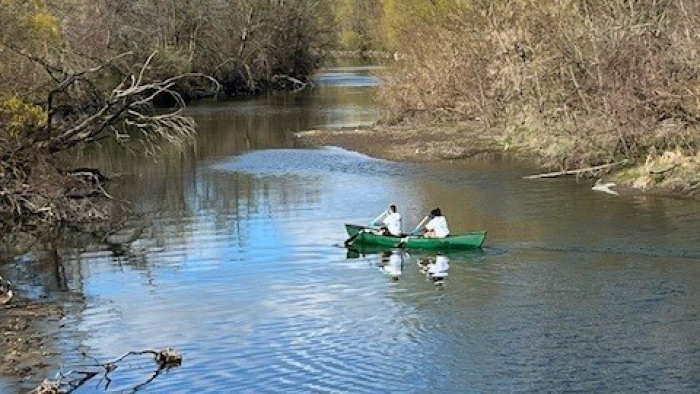
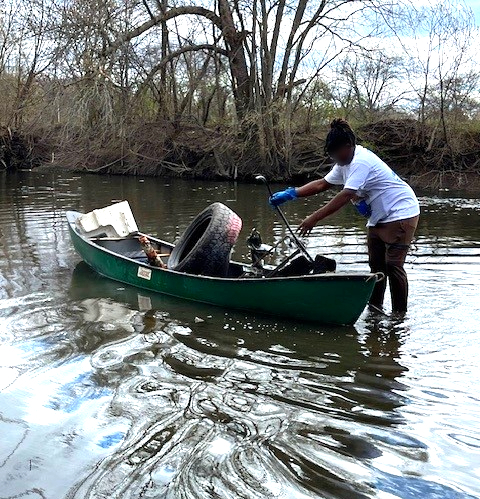
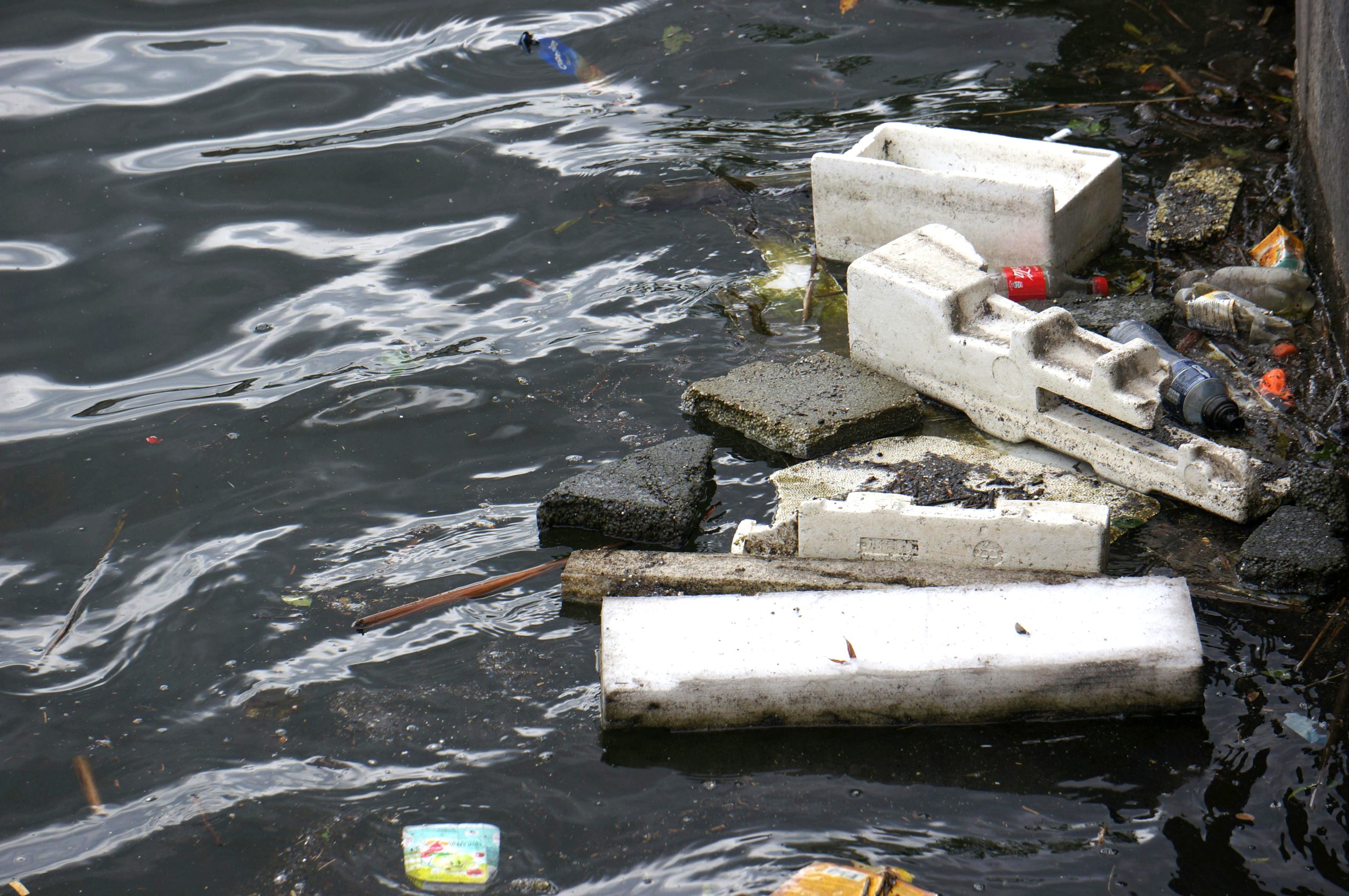
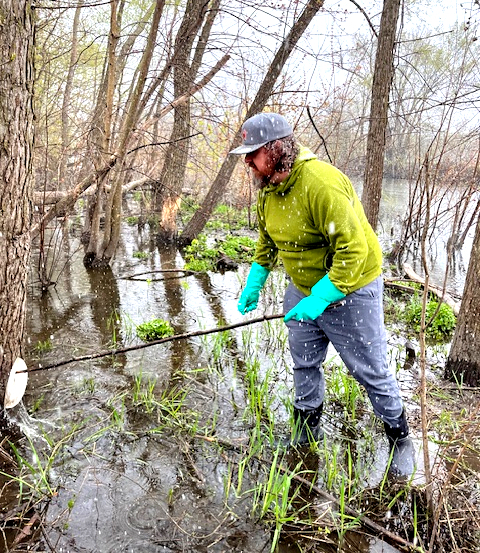
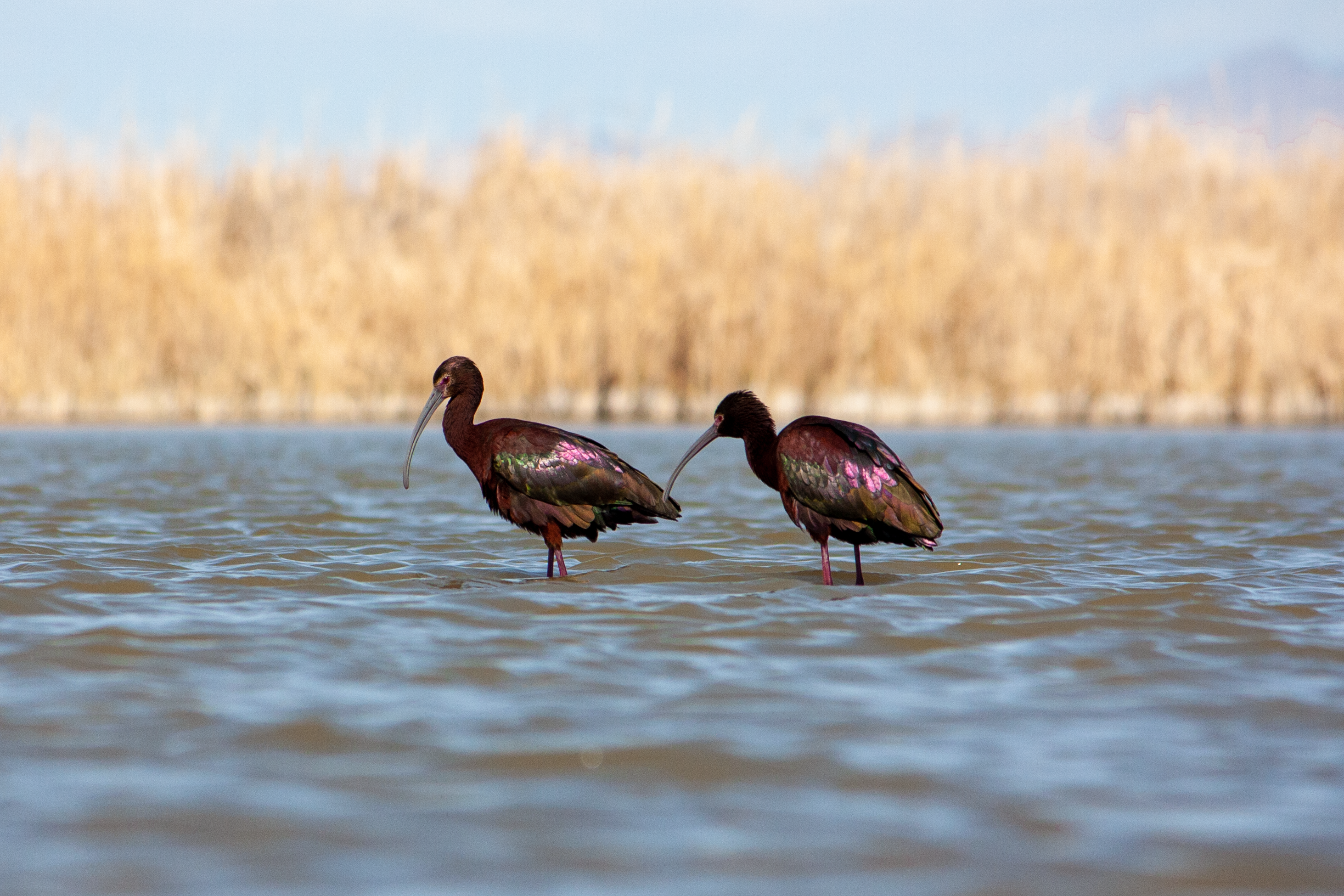
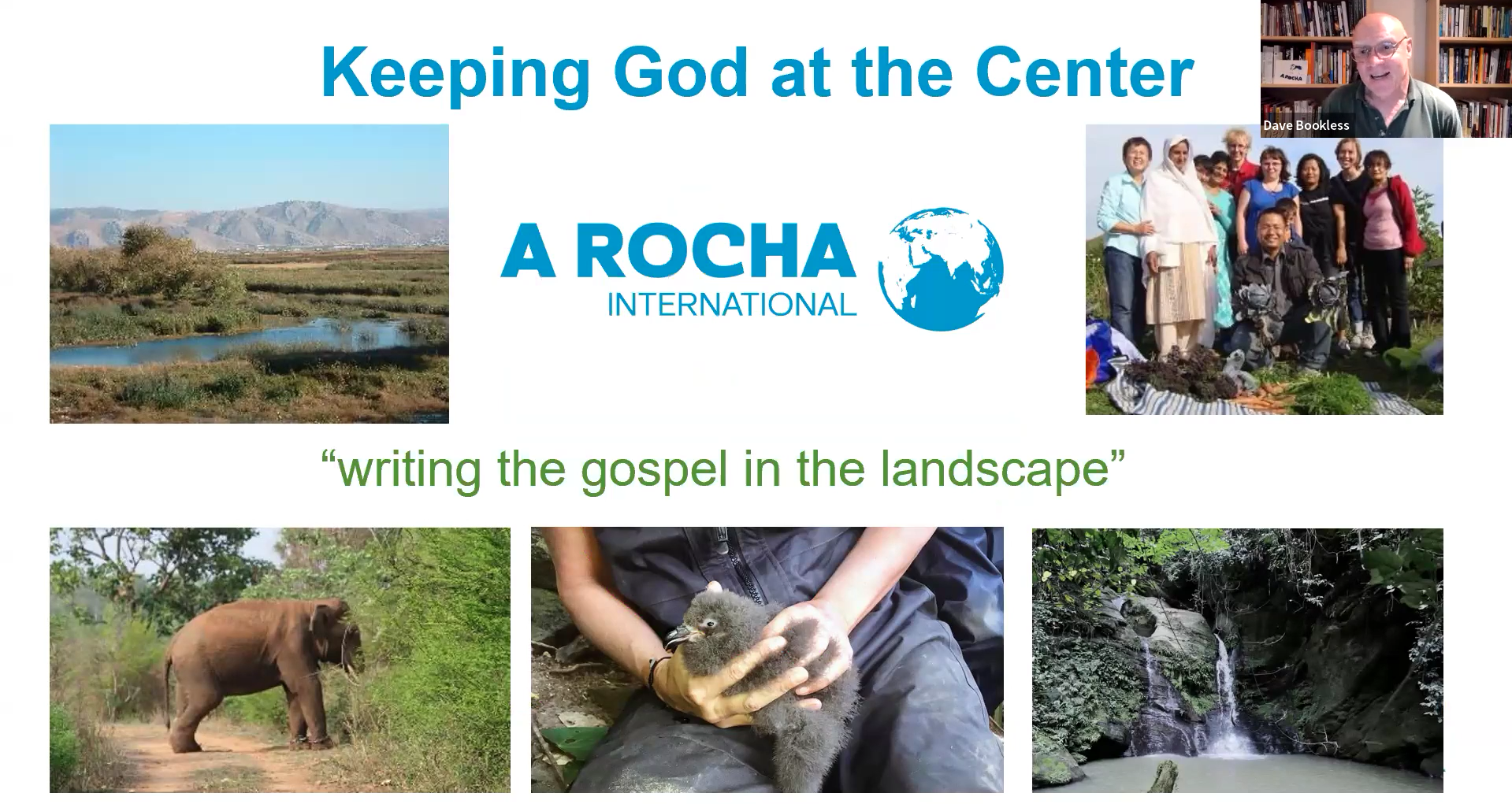
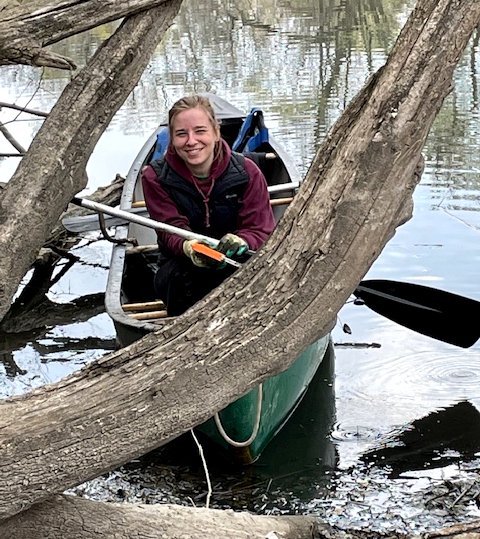







Add a Comment